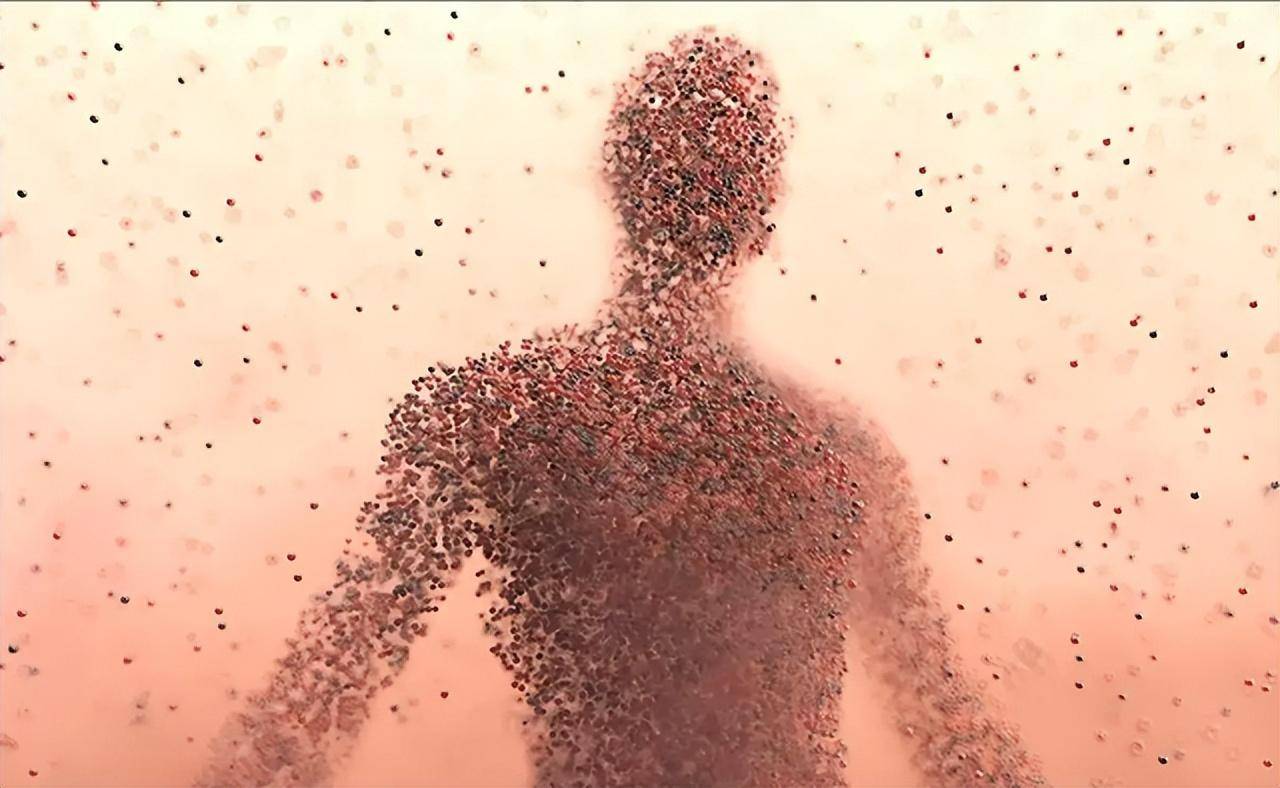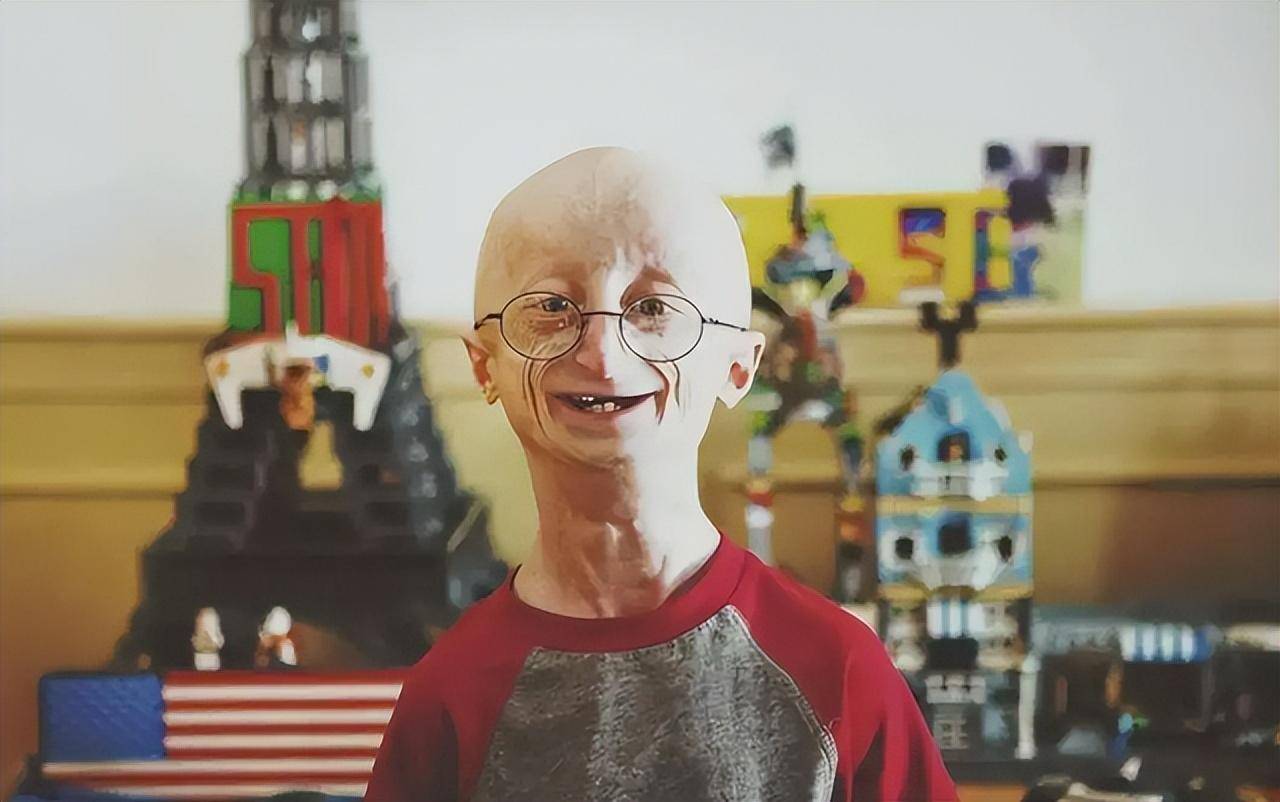As early as March 2012 at the Global Future 2045 International Conference, the immortality plan was proposed by Russian media tycoon Dmitry Itkov, which attracted a lot of attention and made many people turn their attention to the scientific community.
Five years ago, Google’s chief futurist Ray Kurzweil also boldly predicted:
“Humans will start the journey of immortality in 2029 and will be able to achieve immortality in 2045, when nanorobots can enter the body directly and repair the damaged DNA in aging cells.”
After years of research, what has the scientific community come up with about immortality?

Immortal “HeLa cells”
In 1951, a woman named Henrietta Lux died of cervical cancer in the United States. Doctors took tumor tissue samples from her body and cultured cancer cells, but they were surprised to find that the cells had unlimited growth ability!
This is the “immortal” cell that medical research has been looking for, and it is named as HeLa cell, which has created infinite value for future medical research. The research on HPV vaccine is inseparable from its contribution.
But why can it live forever?

Speaking of this, it is inseparable from the magical effect of telomerase. In normal human cells, telomerase is in an inactive state, but telomeres are shortened with cell division, and its length has a great relationship with the lifespan of cells, and telomerase can continue to extend the sea. Pulls the cell’s telomeres, making it infinitely more immortal.
Therefore, if humans want to achieve immortality, they must first study the immortality of cells and solve the problem of telomerase activity.

Some people may think that since telomerase is inhibited in normal cells, if the cells of the whole body become cancerous, wouldn’t telomerase be able to function, so as to achieve the immortality of all cells and the immortality of human beings?
Although cancer cells can proliferate indefinitely, they lack control, and it is difficult to control their growth rate and regularity.

Imagine if the normal functioning of human cells were likened to cars running smoothly in lanes, with supervisors controlling the direction of these cars, and everything in order.
But if the cells in the whole body become cancerous, it is like driving away the supervisor, canceling all the lane markings, all the cars running rampantly, driving in all the lanes casually, and completely losing all the rules, then this person can still survive?
Maybe this person will die like an extremely rapidly expanding balloon. Isn’t this running counter to the good desire to pursue immortality?

Over the years, discussions about telomerase have been going on, and many have focused on anti-cancer research, and there is still a long way to go before the immortality of human cells.
After years of research, scientists have a deeper understanding of the factors that affect lifespan. Does this mean that humans are one step closer to immortality?

“FOXM1 transcription factor” may be the key
Increasing life expectancy has always been the vision of mankind, and countless people have been fascinated by it since ancient times. So what does human life expectancy have to do with it?
Studies have shown that aging healthy people and progeria caused by mutations in the LMNA gene can accelerate the reduction of FOXM1 in the cells of aging people, and induction of FOXM1 expression can delay the aging of these cells.

Scientists have begun to wonder, if the focus is on the increase of FOXM1, can the health of the cells be permanently maintained, thereby increasing the lifespan?
The research team from the University of Portugal claims to have discovered that FOXM1 can greatly restore the aging phenotype, revealing that FOXM1 can delay aging-related premature aging and the pathology of natural aging.
The study was published in the world’s top scientific journal Nature Aging, which caused an uproar in the scientific community.
So how did this research work?

The researchers first induced FOXM1 in cell culture in a circulating and on-off manner, and then established a mouse model of progeria. By controlling the length of FOXM1 in the mice, a normal group and a control group were formed. Induced treatment with truncated FOXM1 circulation in young progeria mice showed that these mice lived approximately 25% longer!
Imagine if scientists completely decipher the mysteries of genes, a person’s lifespan can be extended from 100 years old to 125 years old, what an amazing discovery!

In this case, does this mean that human beings have finally found the key to crack aging and gradually move towards immortality?
The conclusions of the experiment underscore that this is a genetic-based study of aging, which means that humans are still a long way from fully overcoming aging.
But ever-evolving science will always give new hope that one day people will be able to fully discover all the mysteries of genes.

Bold and interesting guesses
The free radical hypothesis was proposed by Denham Harman in 1956. He believed that aging is caused by DNA damage caused by free radicals generated in the normal metabolic process of cells, and cell damage plays a very important role in the aging process.
But many attempts to prove this hypothesis failed at the time, and many scientists believed it was just a barely relevant factor in the aging process.

In 2016, researchers from the Spanish National Cancer Research Center and the University of Valencia collaborated to find that the increase of G6PD and NADPH can improve the antioxidant defense system, thereby slowing down oxidative damage, reducing aging and prolonging life. The results were published in In the journal Nature Communication.
This seems to add hope to the study of free radicals and aging, but there is still a lack of strong evidence to fully support this hypothesis.
Humans have many difficulties in exploring immortality, but we still cannot give up the pace of pursuing new scientific discoveries. Countless scientists are still striving for lifelong goals, for their curiosity and thirst for knowledge.
When the seed of fire first came to the world, when the feet of the ape-man stepped on the earth from the tree for the first time, when the abandoned stone was turned into a tool for the first time, perhaps it was due to the continuous exploration and discovery of human beings.
Progress is inseparable from the accumulation of predecessors, and discoveries are inseparable from perseverance.

Epilogue
Although we cannot achieve immortality yet, we can start from the things around us, to experience the greatness and love in ordinary life, to cherish the hard-won life, and to pursue our own value.
Maybe there will be a day in the future, when human beings look up at the universe and the galaxy turns, they will not only feel the insignificance of their own life, but also the joy of conquering life to achieve eternal life.





GIPHY App Key not set. Please check settings